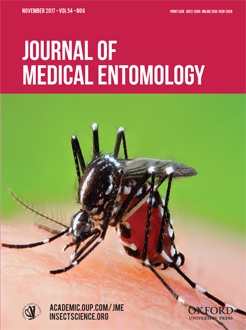Phlebotomus caucasicus Marzinovsky and Phlebotomus mongolensis Sinton are morphologically similar sand fly species. Finding a reliable, fast, and simple method to differentiate these two sand flies is important in understanding their role in the transmission of Leishmania parasite. In our study, 20 specimens of male P. caucasicus, 4 specimens of male P. mongolensis, and 16 specimens of female of both species (Caucasicus group) were examined by polymerase chain reaction (PCR). The result shows identical patterns with a visible fragment of about 500 bp in size. In restriction fragment length polymorphism (RFLP), we observed identical patterns with TasI used as the restriction enzyme. After alignment with sequences of the ITS2 partial gene in GenBank, a perfect match was obtained for the P. mongolensis, but not for P. caucasicus whose sequence was not present in the GenBank. Based on the results of our study, the RFLP-PCR method with nucleotide gene fragment ITS2 was a rapid and reliable method for differentiating these sand fly species.
How to translate text using browser tools
10 August 2017
Molecular Identification of Phlebotomus caucasicus and Phlebotomus mongolensis (Diptera: Psychodidae) in a Hyperendemic Area of Zoonotic Cutaneous Leishmaniasis in Iran
Alireaza Zahraei-Ramazani,
Abedin Saghafipour,
Mohammad Mehdi Sedaghat,
Azad Absavaran,
Amrollah Azarm
ACCESS THE FULL ARTICLE
It is not available for individual sale.
This article is only available to subscribers.
It is not available for individual sale.
It is not available for individual sale.

Journal of Medical Entomology
Vol. 54 • No. 6
November 2017
Vol. 54 • No. 6
November 2017
leishmaniasis
Phlebotomus caucasicus
Phlebotomus mongolensis
polymerase chain reaction–restriction fragment length polymorphism
sand fly




